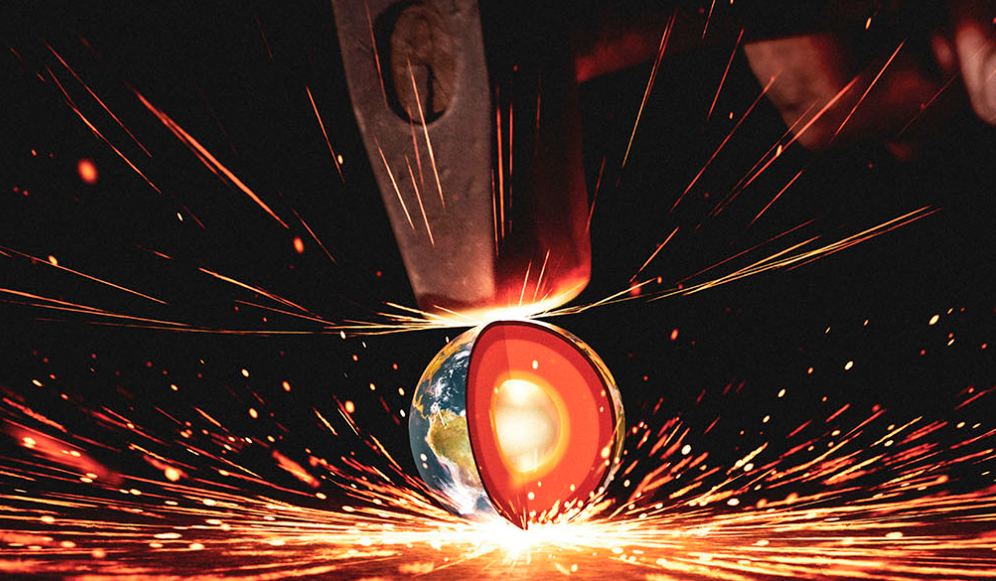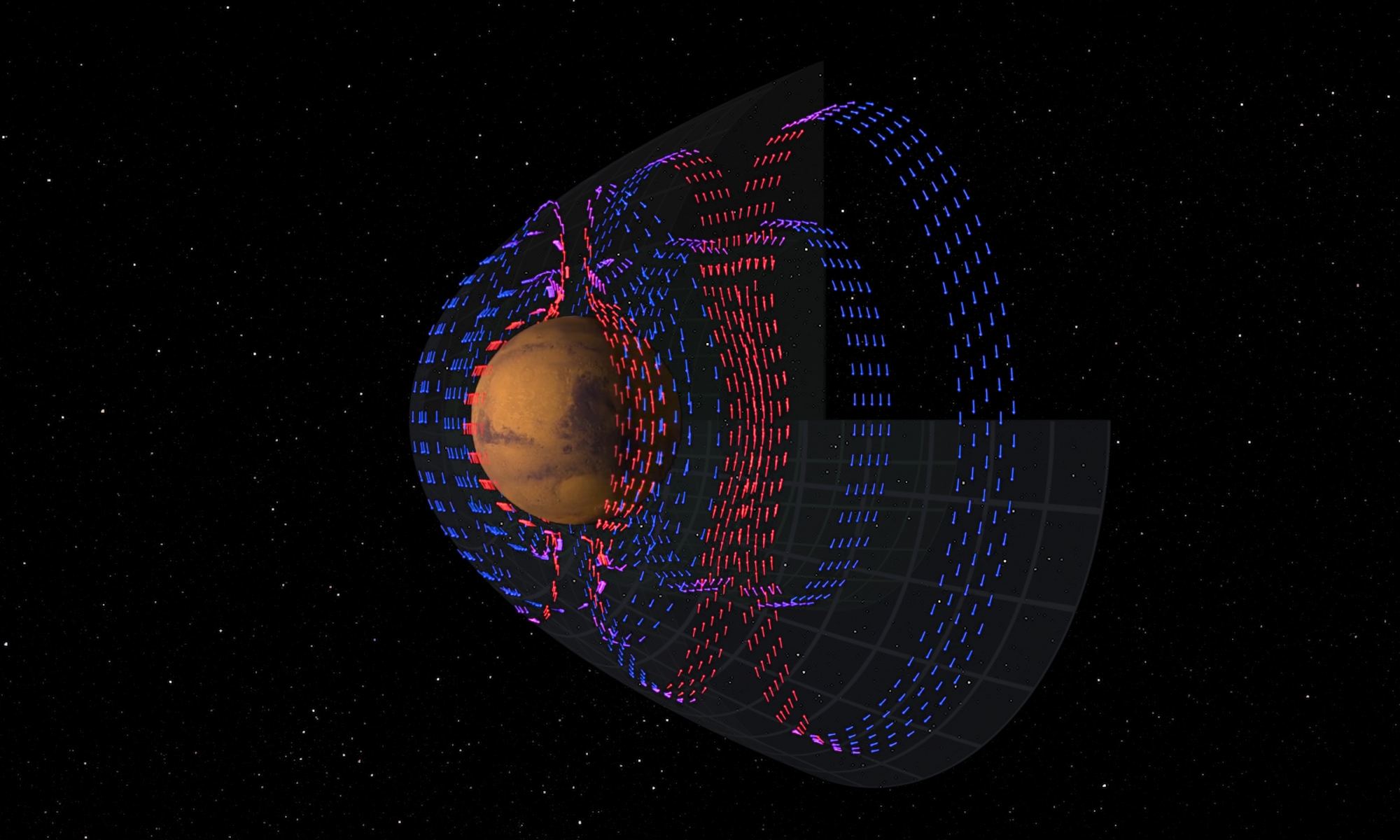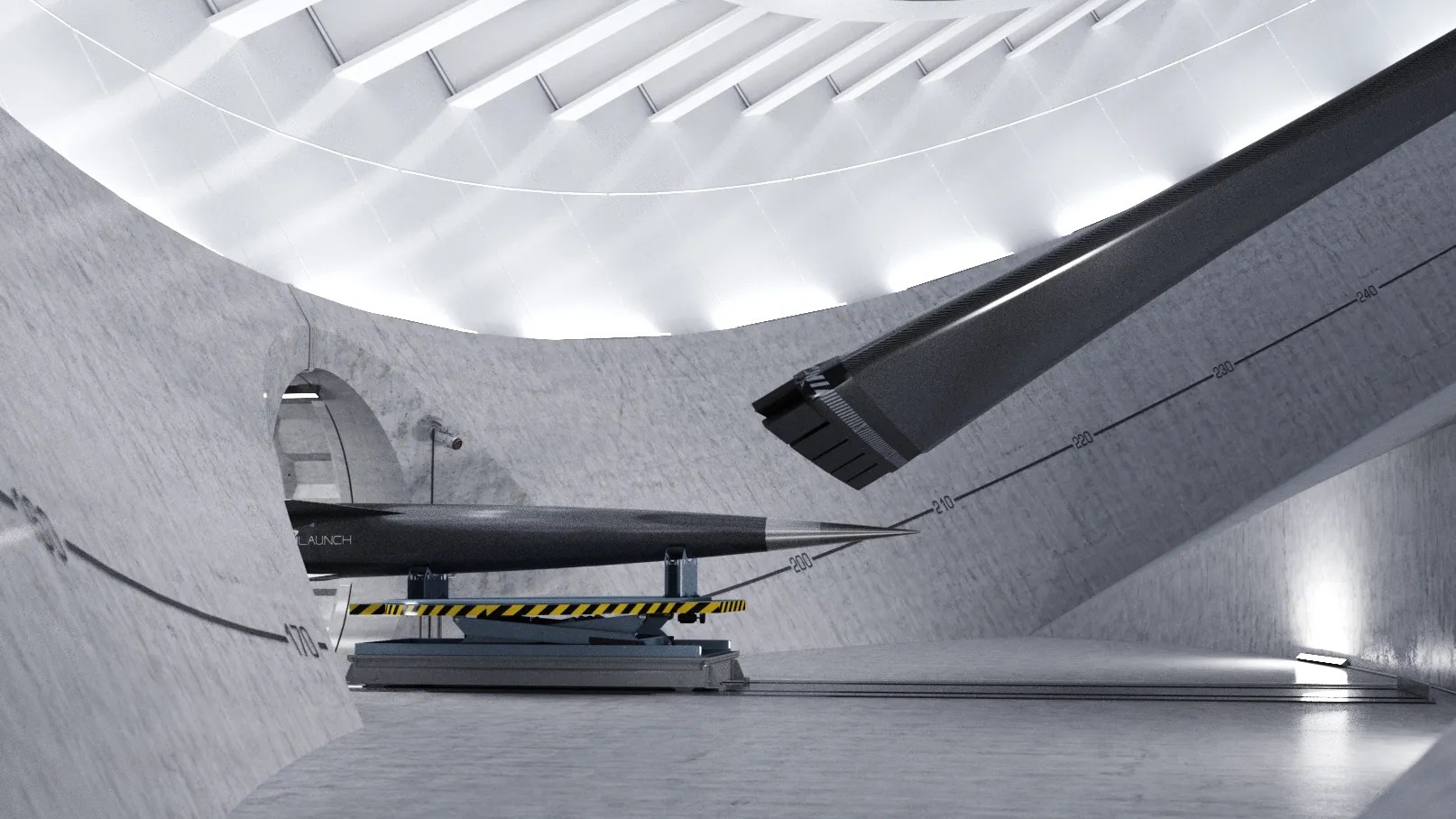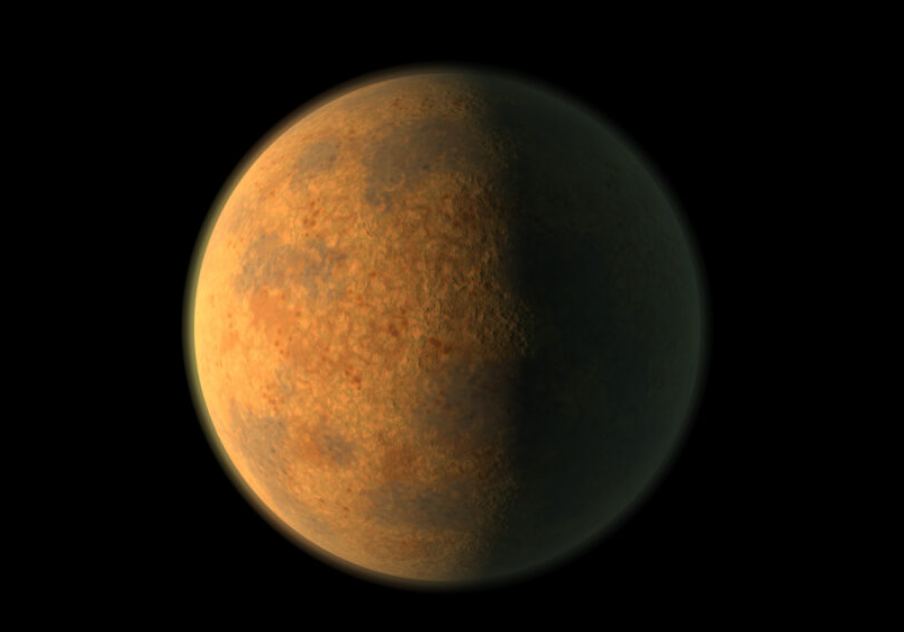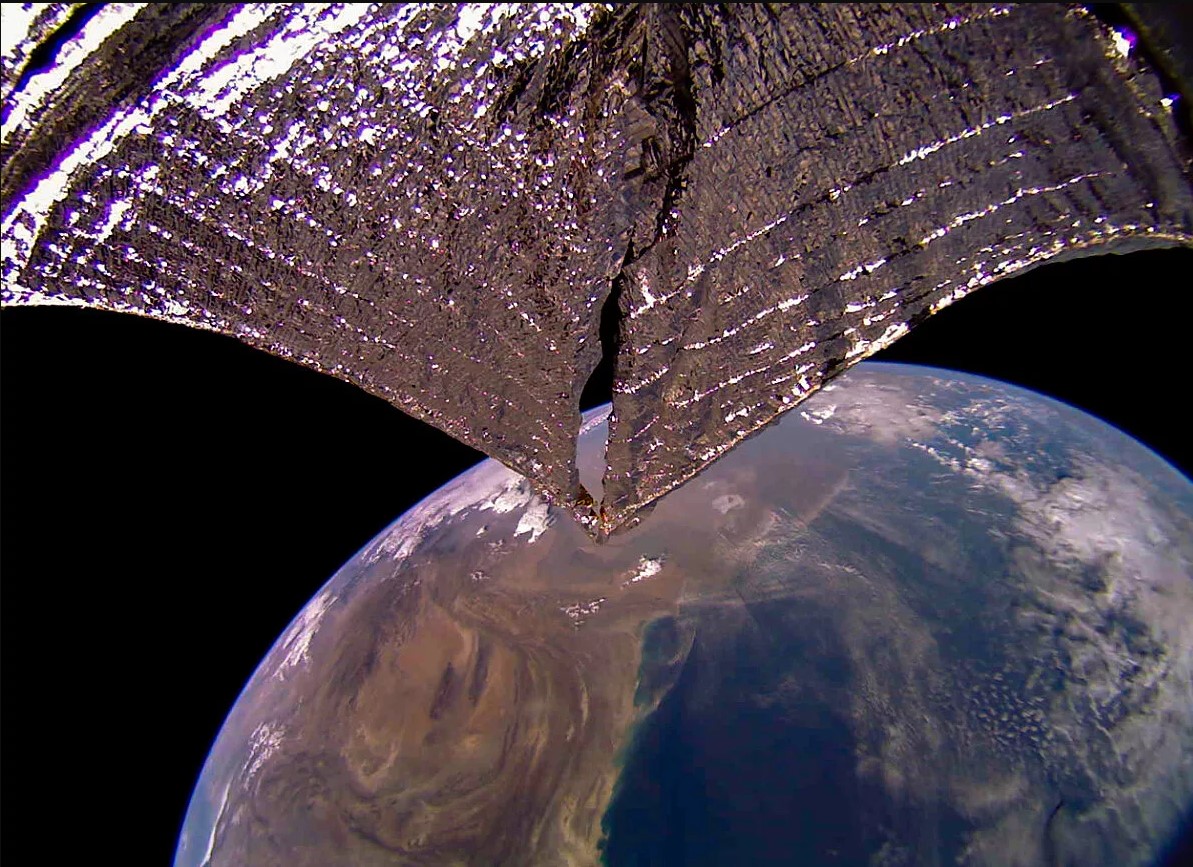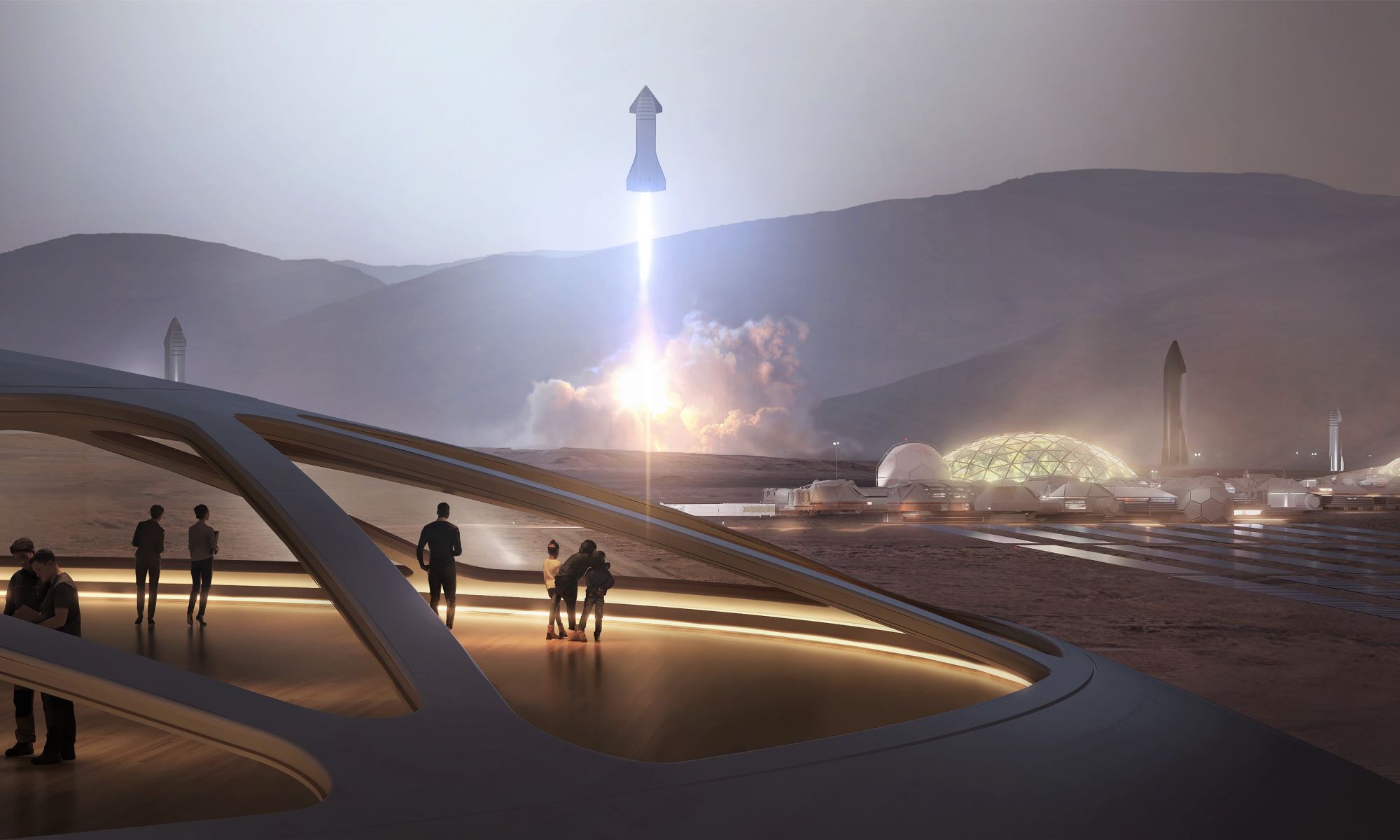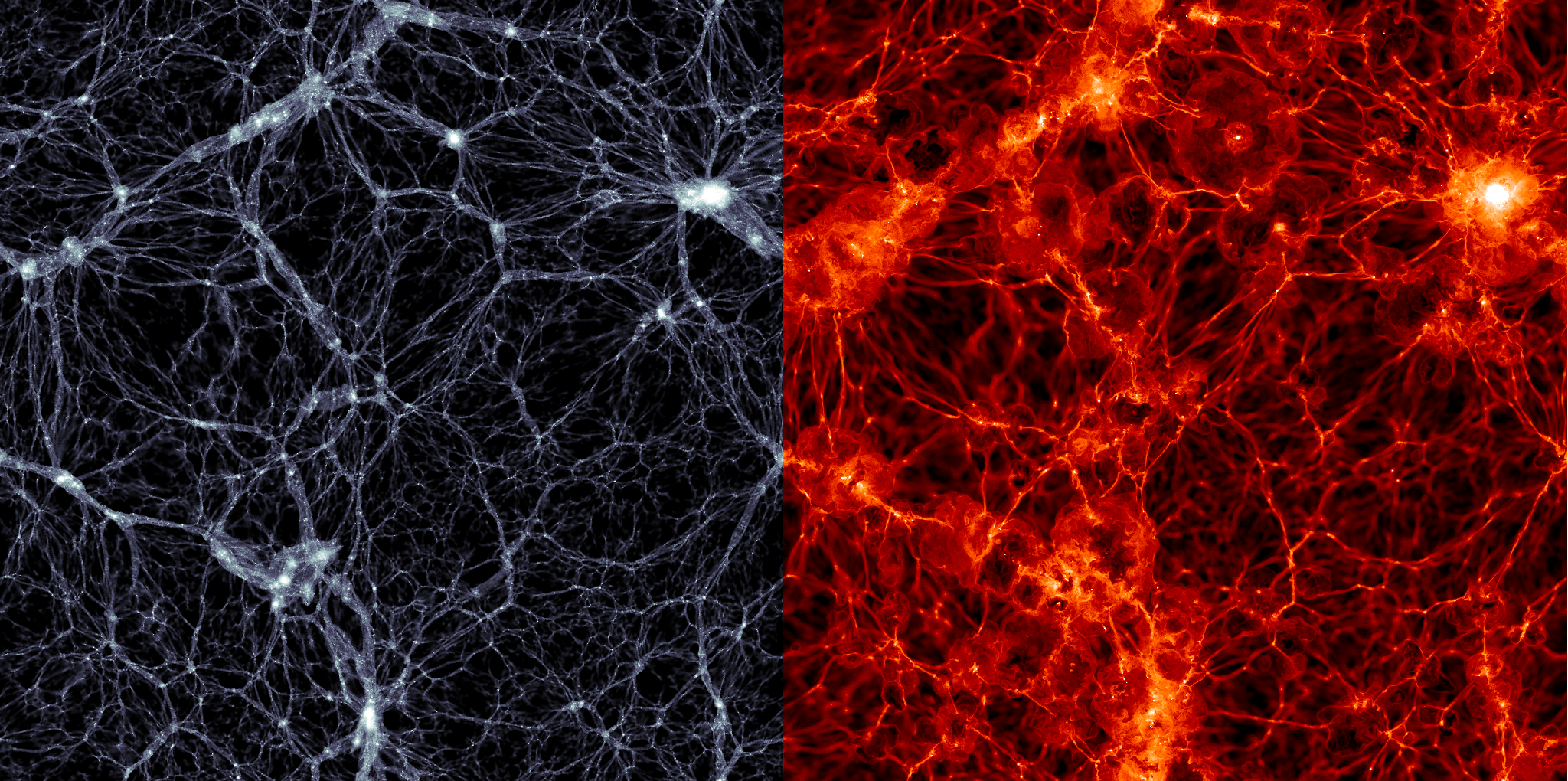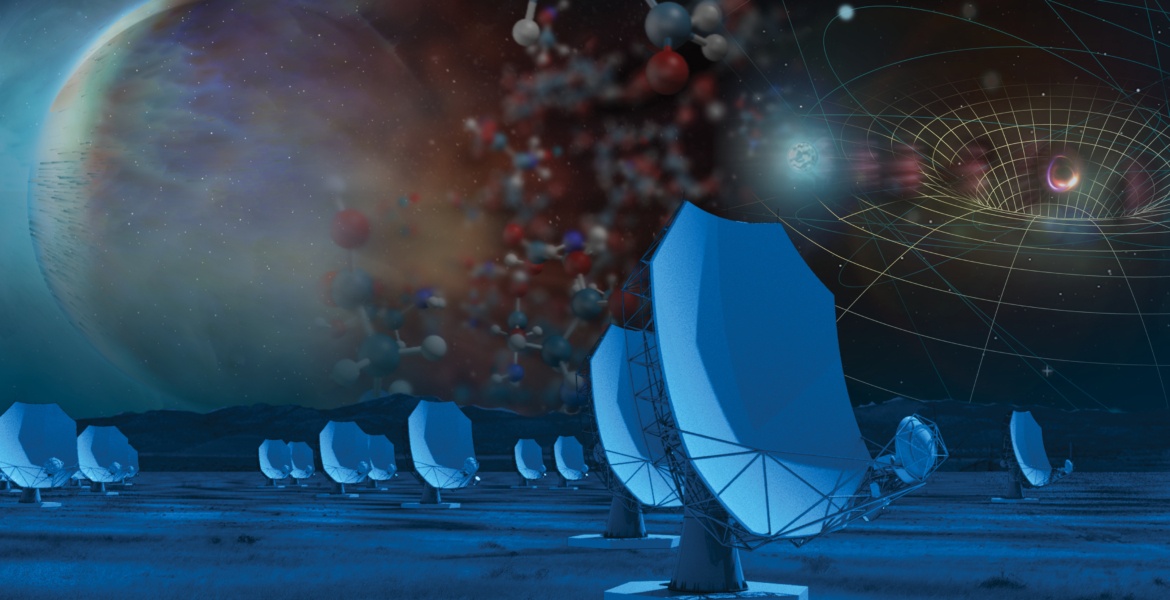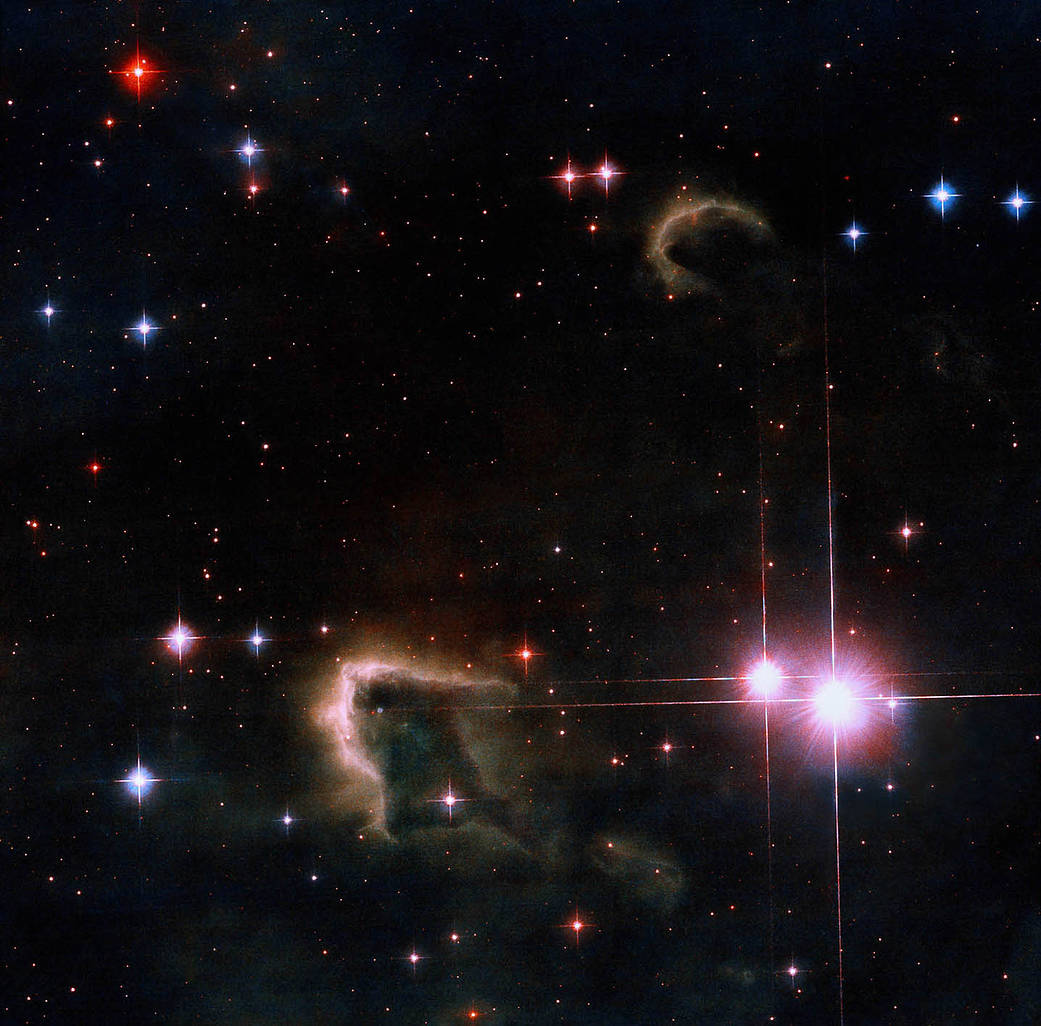SpaceX CEO Elon Musk has laid out a scenario for space travel that calls for his company’s Starship launch system to take on its first orbital test flight as soon as January.
Starship could go through “a dozen launches next year, maybe more,” and be ready to send valuable payloads to the moon, Mars and even the solar system’s outer planets by 2023, Musk said during a Nov. 17 online meeting of the National Academies’ Space Studies Board and Board on Physics and Astronomy.
But he advised against sending anything too valuable on the first flight to Mars. “I would recommend putting the lower-cost scientific mission stuff on the first mission,” he said, half-jokingly.
The National Academies presentation followed up on big-picture talks that Musk delivered in 2016 (when Starship was known as the Interplanetary Transport System), 2017 (when it was known as the BFR or “Big Frickin’ Rocket”) and 2018 (when Musk settled on “Starship”).
Musk’s basic concept is the same: Starship and its giant Super Heavy booster would be a one-size-fits-all system that could be used for point-to-point suborbital travel, orbital space missions and all manner of trips beyond Earth orbit, including moon landings. It’d be capable of lofting more than 100 tons to low Earth orbit (three times as much as the space shuttle), and sending 100 people at a time to Mars.
This week’s presentation provided some new details.
Continue reading “Orbital Launch in January? Elon Musk Updates His Vision for SpaceX’s Starship”

